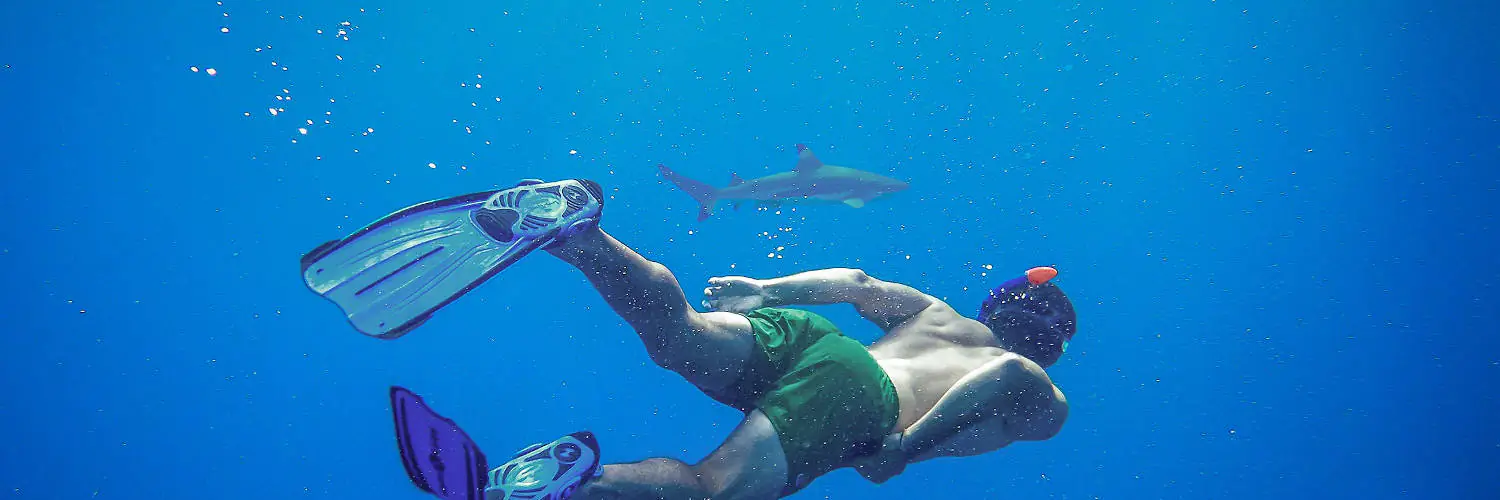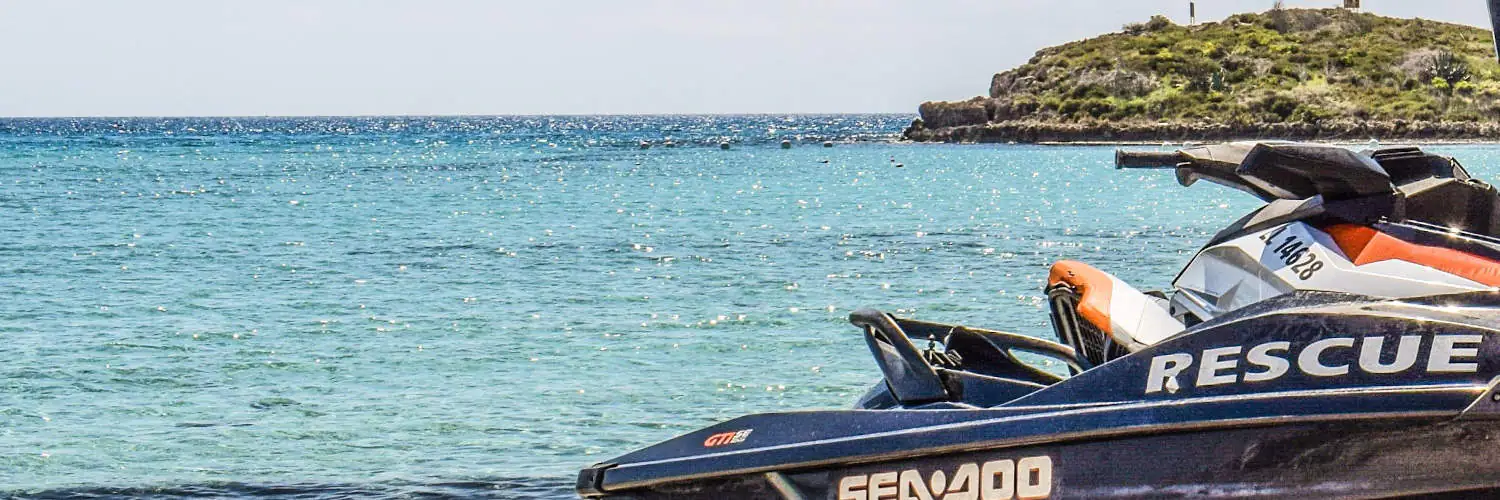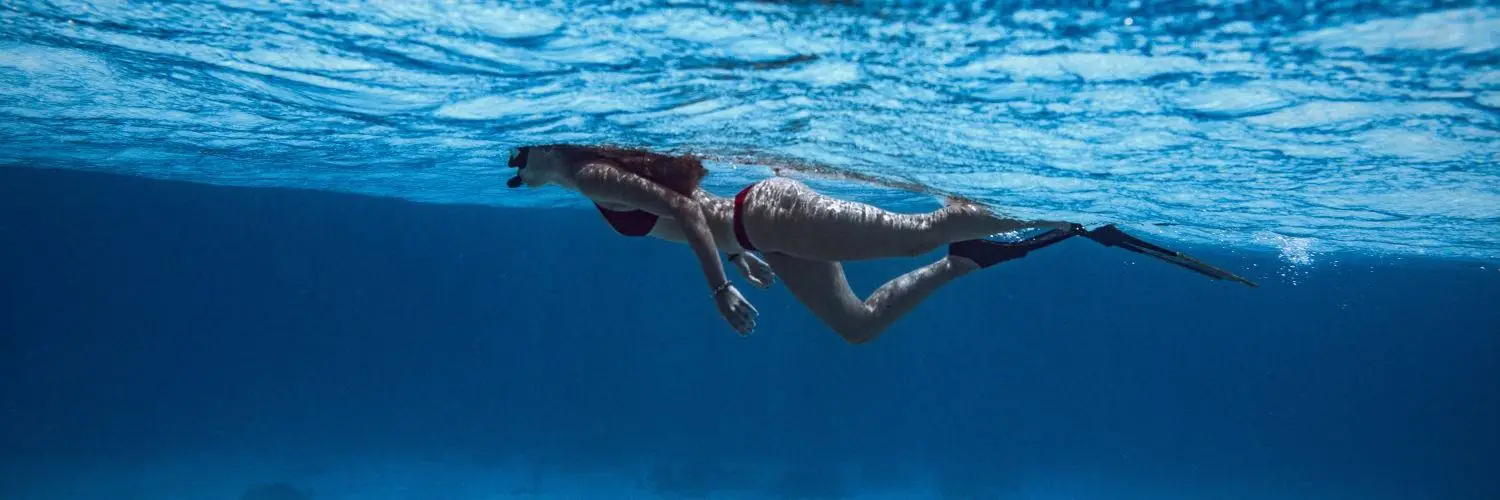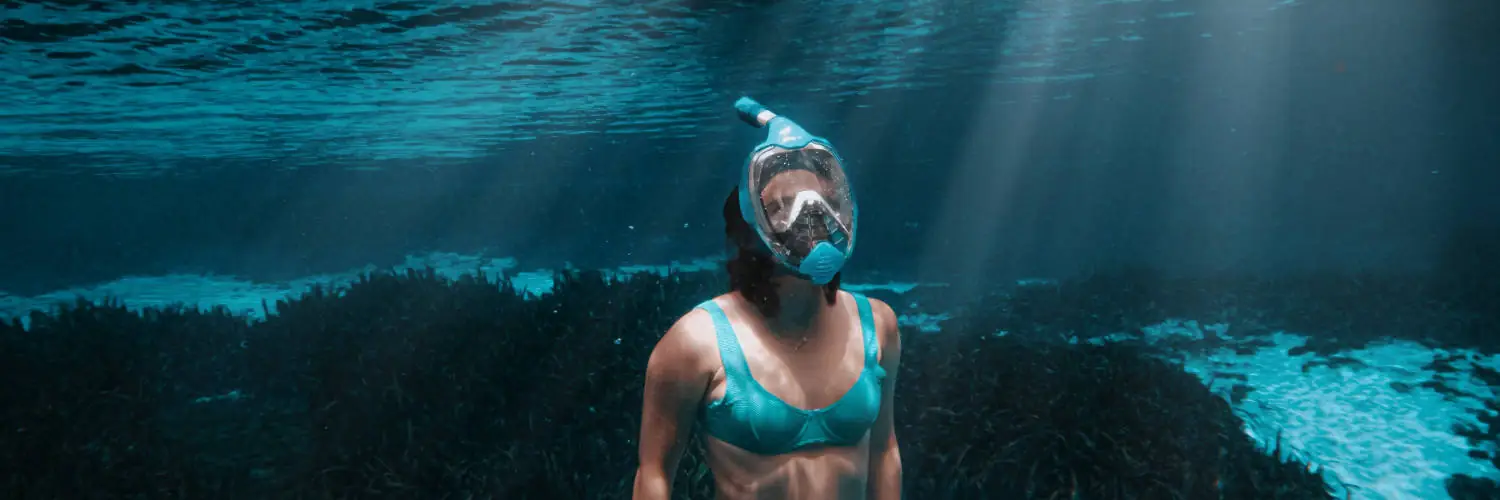Snorkeling that often attract individuals who seek to explore marine environments. While they share some commonalities in terms of the basic gear—such as masks and fins—the two practices diverge significantly in scope, technique, and objectives. Snorkeling is a surface-based activity that allows enthusiasts to observe underwater life from above, often with the aid of a floating tube called a snorkel, which enables breathing while facing downward.
Freediving, in contrast, is an advanced form of underwater diving that involves breath-holding and diving to greater depths. Unlike snorkeling, which is recreational and can be enjoyed with minimal training, freediving requires a specialized skill set that includes breath control, proper finning techniques, and an understanding of how water pressure impacts the body. It often appeals to those seeking a more intense connection with the aquatic world, pushing the limits of their physical and mental stamina.
Table of Contents
Basics of Snorkeling and Freediving
Snorkeling and freediving are two distinct activities that serve as gateways to the underwater world, each requiring different techniques, equipment, and levels of training.
Fundamentals of Snorkeling
Snorkeling involves floating at the surface of the water while wearing a mask, a snorkel to breathe, and usually fins for propulsion. This discipline allows individuals to observe underwater life for leisure without extensive training. The mask provides a clear view beneath the water, while the snorkel enables breathing with the face submerged. Fins aid in moving through the water with minimal effort. Snorkeling does not require advanced breath-holding as breath can be taken at any time through the snorkel.
Essentials of Freediving
Freediving is a more advanced aquatic discipline that involves diving underwater on a single breath, without the use of supplemental oxygen. Participants use a mask to see and fins for efficient movement, and they often wear a wetsuit for thermal protection. Breath-holding ability is crucial in freediving, and achieving greater depths requires comprehensive training to develop proper technique and safety procedures. Unlike snorkeling, freediving is often pursued as a competitive sport or as a means to interact with marine life more intimately.
Equipment and Gear
Differentiating between snorkeling and freediving equipment is crucial as each set of gear is designed to cater to the activity’s specific demands for comfort, efficiency, and depth.
Snorkeling Equipment
Snorkeling typically requires basic equipment that is ideal for leisurely exploring the surface of the water.
- Masks: Essential for clear underwater vision, snorkeling masks should fit comfortably to prevent water ingress.
- Snorkels: They allow breathing while facing down on the water’s surface. Dry-top snorkels prevent water entry when submerged.
- Fins: These are shorter for easier surface swimming and maneuverability.
- Wetsuits: Depending on the water temperature, a wetsuit may be worn for insulation.
- Snorkeling vests: They provide buoyancy and safety on the water’s surface.
Freediving Gear
Freediving equipment is designed to help divers dive deeper while optimizing breath-holding capabilities.
- Low volume masks: These minimize air use from lung capacity to equalize pressure.
- Long fins or monofin: They are used to enhance propulsion with minimal energy, essential for diving depth and efficiency.
- Wetsuits: Freediving wetsuits are more streamlined for reduced drag and often thicker for better thermal protection.
- Weight belts: These are worn to counteract the buoyancy of the wetsuit, allowing freedivers to sink more easily.
Techniques and Skills
The mastery of specific techniques and skills differentiates snorkeling from freediving, with each discipline requiring its own set of practices to ensure safety and enhance the underwater experience.
Breathing and Safety Techniques
In snorkeling, one’s breathing is continuous and relaxed, using a snorkel tube. The focused skill is on breathing smoothly to maintain a calm state while floating on the water’s surface. Safety is enhanced by staying aware of the surroundings and conserving energy.
Freediving, on the other hand, requires the development of advanced breathing techniques. Freedivers practice diaphragmatic breathing and breath-holding to increase lung capacity and control. They also need to understand how to equalize pressure in their ears and sinuses, typically through techniques such as the Valsalva or Frenzel maneuver. Safety is critical, with a strong emphasis on never freediving alone, knowing one’s limits, and understanding how to manage potential risks such as shallow water blackout.
Diving and Swimming Skills
The skills required for effective swimming and diving vary significantly between snorkeling and freediving:
-
Snorkeling:
- The key skill is relaxed, efficient swimming on the surface, often with minimal effort to observe marine life.
- Mastery of buoyancy is simple, as snorkelers primarily stay afloat with the aid of flotation devices if necessary.
-
Freediving:
- This requires a complex set of skills for swimming underwater. A freediver utilizes efficient fin kicks and streamlines their body to reduce drag.
- Mental discipline is crucial for pushing physical limits while maintaining a strong focus on safety.
- Freedivers must practice buoyancy control throughout the dive, starting with a negative buoyancy to descend and managing positive buoyancy to ascend safely.
In both sports, divers must learn various skills to navigate the underwater environment. However, freediving demands a greater level of mental and physical preparation to achieve depth, stay submerged longer, and explore the underwater world safely and responsibly.
Dive Locations and Marine Life
Choosing the right location is crucial for snorkelers and freedivers alike as it determines the types and varieties of marine life they will encounter.
Popular Destinations
Hawaii is renowned for its stunning coral reefs and offers a plethora of sites for both snorkelers and freedivers. Locations such as the Molokini Crater boast an incredible array of marine biodiversity. Underwater caves, often the highlight for freedivers, can be found around the islands, providing adventurous divers with fascinating landscapes to explore.
- Coral Reefs: Ideal for snorkelers and freedivers, offering shallow and deep water experiences.
- Beaches: Accessible snorkeling locations, often with a variety of sea life visible from the surface.
- Underwater Caves: Primarily explored by freedivers due to the depth and required skill level.
Encountering Marine Creatures
While snorkeling typically occurs at the water’s surface, freediving allows for deeper exploration and the ability to interact more closely with marine life, such as dolphins and sea turtles. Whale sharks, which prefer deeper waters, are more commonly sighted by freedivers.
- Dolphins and Sea Turtles: These creatures can be found both near the surface and in deeper waters, accessible by snorkeling and freediving respectively.
- Whale Sharks: Normally encountered in deeper water, where freedivers can swim alongside these gentle giants.
Both activities provide unique opportunities to observe and appreciate the underwater world, contributing to the conservation of marine ecosystems through increased awareness and education.
Diving Activities and Experiences
Snorkeling and freediving offer distinct experiences in underwater exploration, catering to both recreational enthusiasts and competitive athletes. These activities can range from a casual swim around a coral reef to a disciplined sport requiring extensive training.
Recreational vs. Competitive
Recreational snorkeling is a family-friendly activity suitable for all ages and skill levels. Participants often float on the surface of crystal-clear waters, observing marine life with the aid of a snorkel and mask. It does not typically require special training beyond basic swimming skills, making it accessible and enjoyable for casual vacationers.
In contrast, competitive freediving is a sport demanding high levels of discipline, technique, and physical fitness. Athletes challenge themselves to dive to impressive depths without the assistance of breathing apparatus, often pushing the limits of their pulmonary and mental capabilities. Training for competitive freediving includes breath-holding techniques, efficient movement through the water, and safety protocols.
Adventures in the Deep
When it comes to underwater exploration, both snorkeling and freediving present opportunities to explore marine environments. Snorkelers may stay at the water’s surface but can also perform brief, shallow dives to get a closer look at the underwater world. Freediving takes this exploration further, allowing individuals to dive deeper and explore areas such as caves and underwater crevices.
Freediving excursions often lead to encounters with diverse ecosystems that thrive beneath the waves. With proper training, freedivers can safely navigate through cave systems and unique underwater formations, experiencing an unparalleled sense of adventure in the depths.








